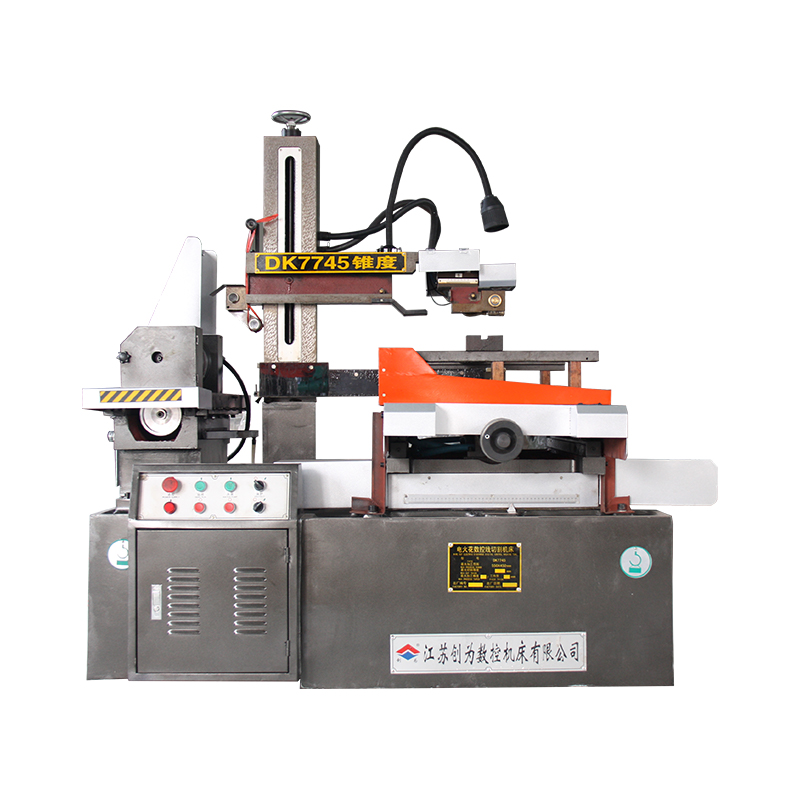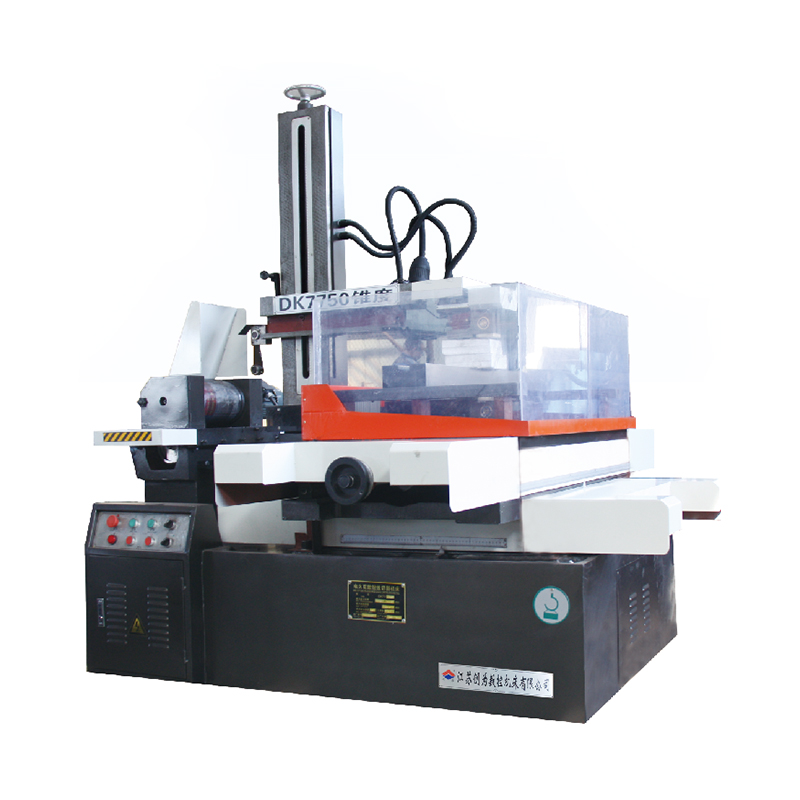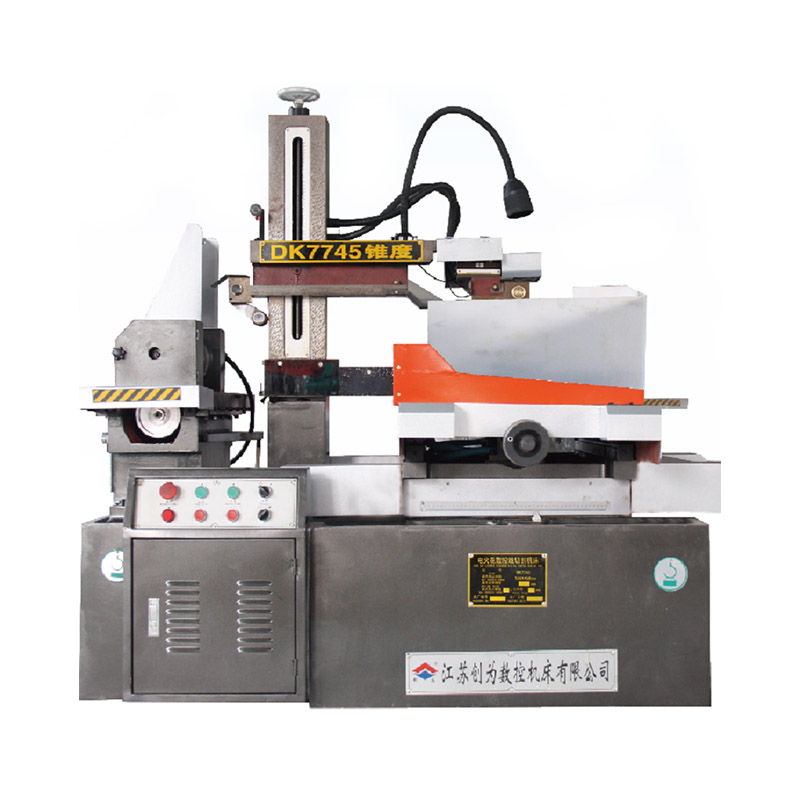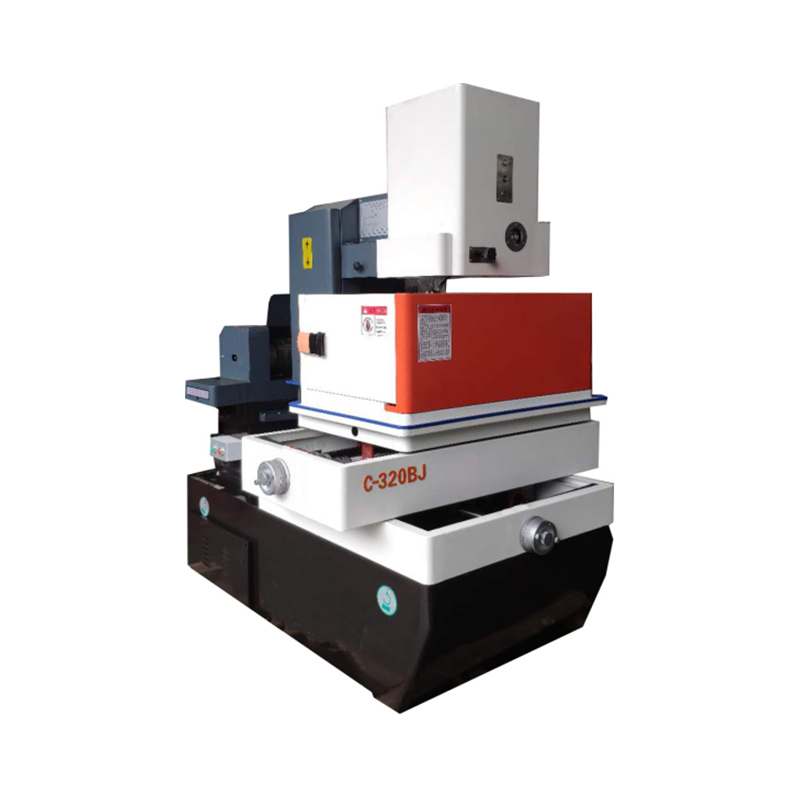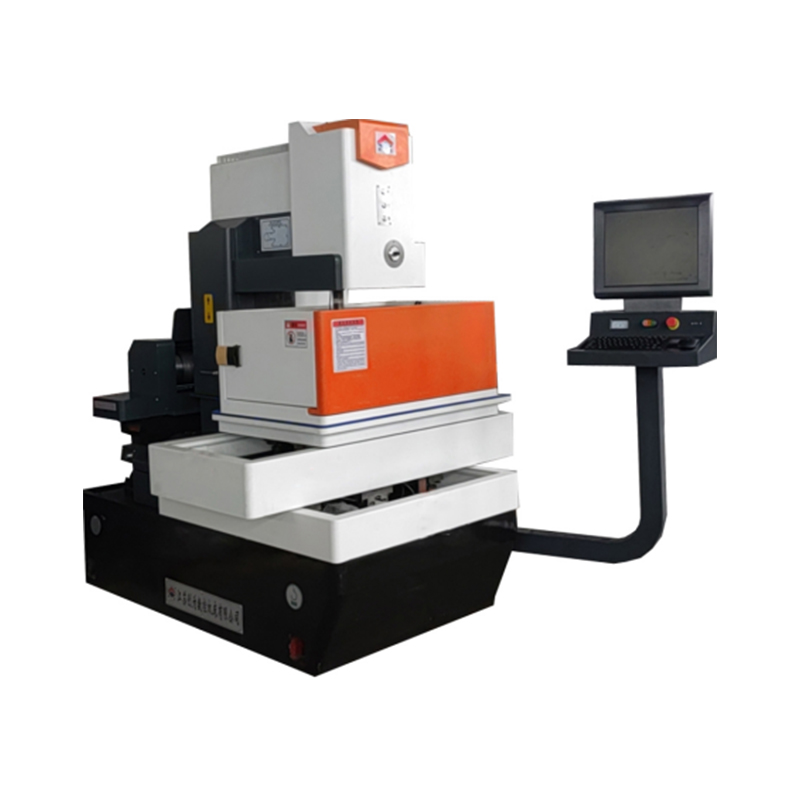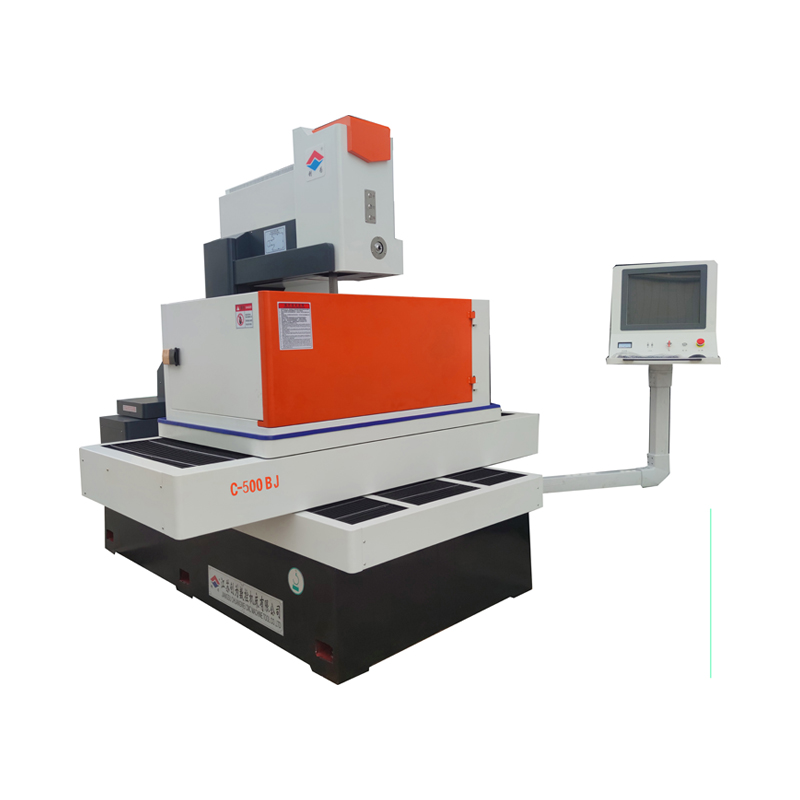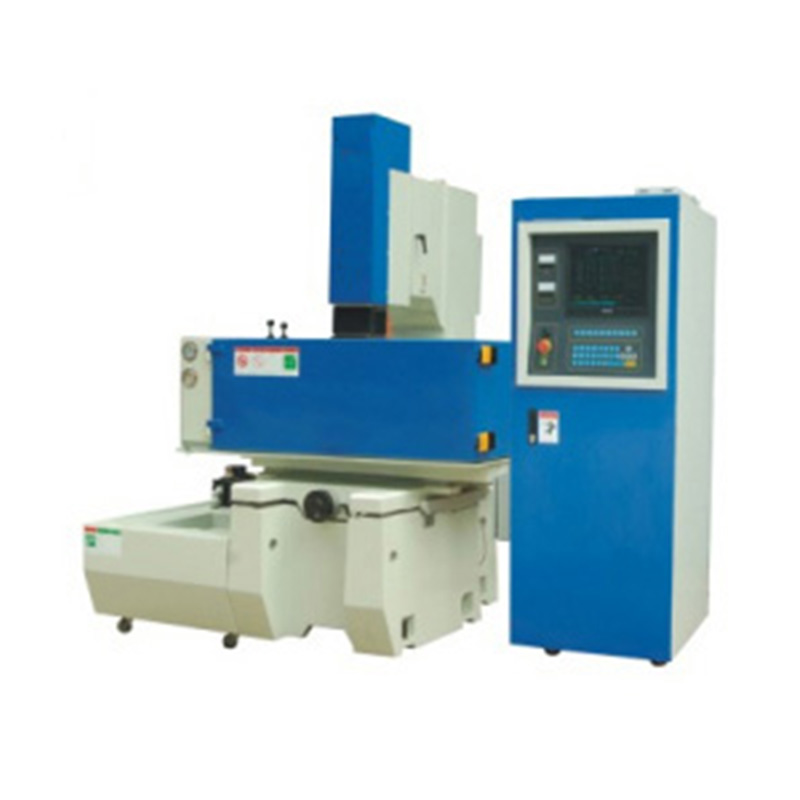High-Speed Wire Cutting: Revolutionizing Precision and Efficiency in Manufacturing
 2024.11.14
2024.11.14
 Industry news
Industry news
In the world of modern manufacturing, precision and efficiency are paramount. As industries continue to demand faster production times and more intricate designs, technologies like high-speed wire cutting have emerged as critical tools for achieving these goals. This advanced method of cutting materials is not only faster than traditional methods, but also offers unparalleled precision, making it indispensable for a wide range of applications in aerospace, automotive, electronics, and medical device manufacturing.
High-speed wire cutting, also known as Wire Electrical Discharge Machining (WEDM), is a manufacturing process that uses a continuously moving wire as an electrode to cut through conductive materials, such as metals and alloys. Unlike traditional mechanical cutting methods, WEDM uses electrical discharges to erode the material at a very fine and controlled level. The wire is typically made of brass, copper, or tungsten, and it is constantly fed through the workpiece, while the electrical discharges melt away the material.
The high-speed nature of the process refers to the quick removal of material, often achieved by using higher currents, advanced control systems, and optimized settings that enhance both the speed and accuracy of the cuts. High-speed wire cutting is particularly effective when working with intricate shapes, fine details, and hardened materials, where traditional cutting methods may struggle to maintain precision or speed.
The high-speed wire cutting process is based on the principle of electrical discharge. Here’s a simplified breakdown of how it works:
The workpiece, typically a metal or alloy, is submerged in a dielectric fluid (often deionized water). The wire electrode is positioned above the workpiece, usually on a set of moving guides or pulleys.
A high-frequency electrical pulse is passed through the wire, which creates a series of sparks that erode the material. These sparks are generated between the wire electrode and the workpiece in a controlled manner, and the heat from the discharge causes tiny portions of the workpiece to vaporize.
As the wire moves along a programmed path, it continuously cuts the material, with the spark-induced erosion removing the material layer by layer. The dielectric fluid flushes away debris and heat, ensuring the wire remains cool and the cutting process is precise.
High-speed wire cutting machines are equipped with computer numerical control (CNC) systems that allow for highly accurate and repeatable movements. This means that even the most complex shapes and designs can be cut with a high degree of precision.
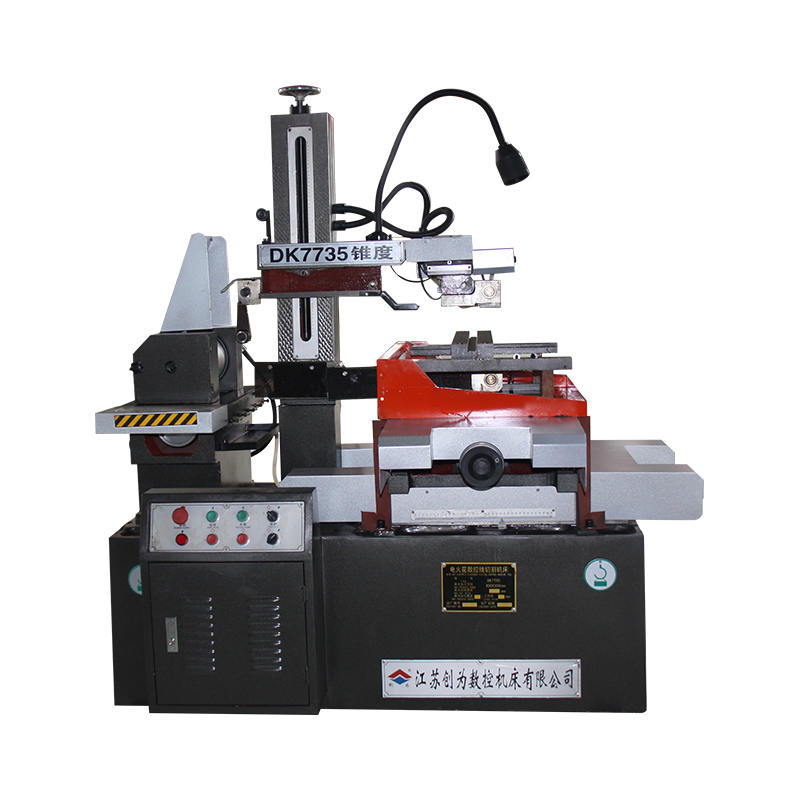
One of the most significant advantages of high-speed wire cutting is its exceptional precision. The method can cut complex shapes, intricate contours, and fine details with micrometer-level accuracy. This makes it ideal for applications that require high-quality, precise components, such as aerospace parts, medical devices, and intricate electronics.
Unlike traditional cutting methods, which apply mechanical force to the material, high-speed wire cutting operates through a non-contact process, meaning there is no physical pressure on the material. This reduces the risk of distortion, warping, or material stress, ensuring that delicate or thin-walled components are not compromised.
High-speed wire cutting excels at cutting hard materials, including heat-treated steels, titanium, and alloys that are challenging to cut using traditional methods like milling or sawing. The high temperature of the electrical discharges allows for the material to be eroded without requiring the same mechanical force that might cause damage to harder materials.
This method is versatile, capable of cutting a wide variety of materials, including metals, alloys, and even some non-metals. It is widely used across various industries such as aerospace, automotive, mold making, and precision tool manufacturing. Whether it's for producing intricate molds, parts for aircraft, or complex components for electronics, high-speed wire cutting can handle a diverse range of tasks.
As the name suggests, high-speed wire cutting is faster than traditional wire EDM, allowing for quicker turnaround times without sacrificing precision. The continuous movement of the wire and the efficiency of the electrical discharge process enable manufacturers to cut parts in less time, improving productivity and reducing manufacturing costs.Traditional cutting tools wear down over time, which can affect the quality of the finished product. In high-speed wire cutting, since there is no physical contact with the material (other than the wire itself), there is no tool wear, reducing downtime and the need for tool replacements.
The aerospace industry demands the highest precision and the ability to work with tough, heat-resistant materials. High-speed wire cutting is commonly used to create intricate parts for jet engines, turbine blades, and structural components, ensuring that they meet stringent specifications for both form and function.
In automotive manufacturing, especially for precision parts like engine components, gears, and molds, high-speed wire cutting offers an efficient way to create complex geometries and precise features. The ability to cut hardened steels and alloys is crucial for producing parts that withstand high-performance environments.


 English
English Español
Español

